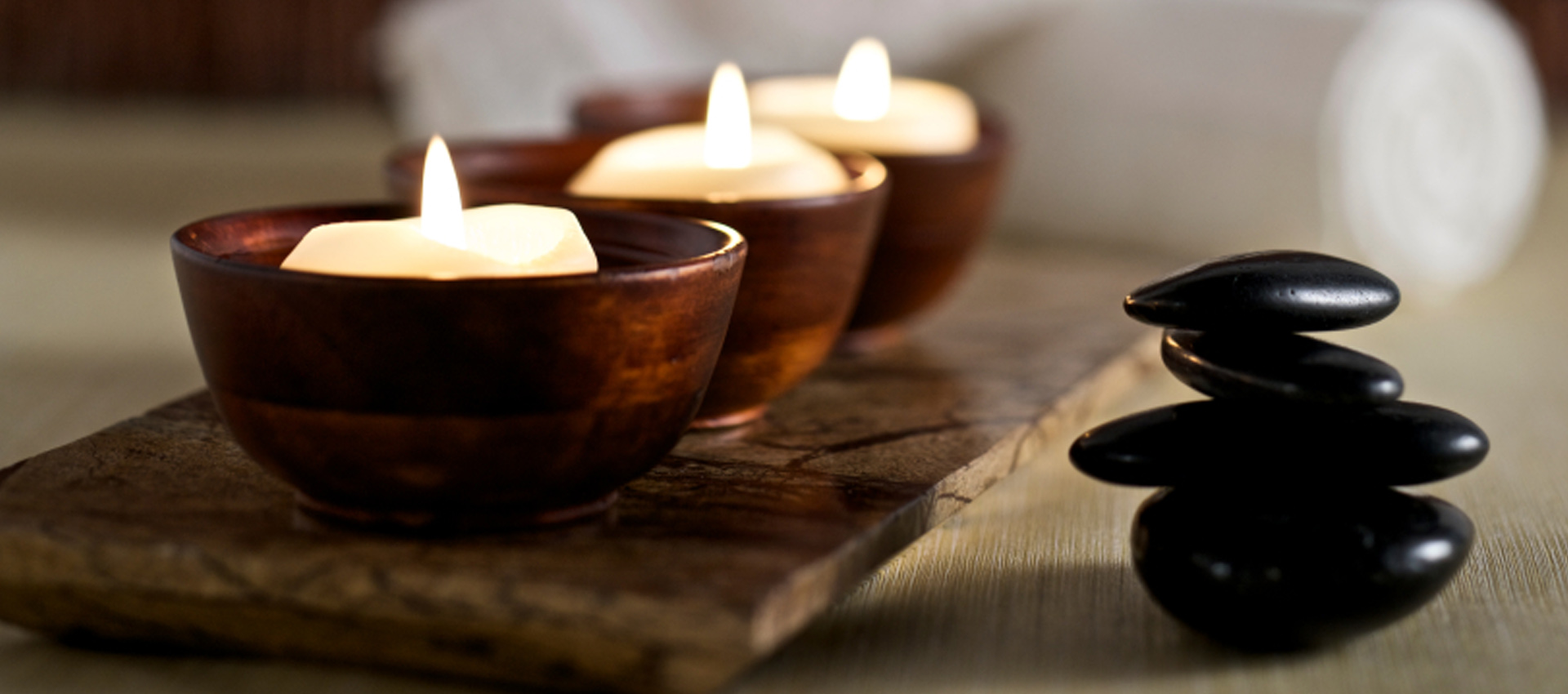27
Jan
5 reasons leadership training should be for all employees
Regardless of the myth that "leaders are born and not created," skills can be taught and improved through leadership training. Developi...

Sometimes, understanding why someone is behaving in a particular way is enough to ease your anger a little. Let’s talk a bit about passive, manipulative, assertive, and aggressive behaviours.
Definition
Characteristics
Major Consequences
Definition
Characteristics
Major Consequences
Definition
Characteristics
Major Consequences
Definition
Characteristics
Major Consequences
It’s essential that you learn to relax if you want to reduce your anger levels. If stress seems to be wearing you down and you are having trouble bouncing back, you may need to consult your doctor. However, for the usual day to day stressors that we encounter, here are some quick, easy ways that you can lower your stress levels quickly.
Deep Breathing
Loosen your clothes, close your eyes, mentally relax your body, and take ten or more deep breaths. Your goal is to breathe into the bottom of your lungs (where the oxygen is readily absorbed), not the usual upper lung breathing we do. Put your hand on your stomach and feel it move as you inhale to make sure you are getting the air in good and deep. We call this diaphragmatic breathing because you are using your diaphragm muscle to breathe. When people are experiencing anxiety, they are most often breathing into the upper area of their lungs rather than the bottom.
Each time you exhale, count silently: “one,” after the first breath, “two,” after the second breath, etc., up to at least ten. If you lose count, or find yourself working on thoughts as they pass through your mind, start your count over again. When you are finished, you should feel more calm and relaxed. (Your blood pressure will go down temporarily too.) If you’re in a meeting, on the phone, or dealing with a customer, count in your head.
Visualize
Use positive imagery to boost your mood. In your mind, picture a place that you love. Feel the sunshine on your face, or the breeze on your skin. See the things that you love to see in great detail. If you are getting ready for a presentation or an interview, visualize yourself performing it perfectly. This way, when you get to the event your mind thinks you’ve done it before, so it will be even easier than the last time you did it. (This is a technique used by athletes and performance coaches.)
Music
Music has the power to soothe, or to give us energy. It actually has healing power. Find a type of music that relaxes you and play it when you need to calm down. When you feel tired and listless, play some rousing music (rather than relying on caffeine or other stimulants) to give you a pick-up.
Acupressure and Massage
Holding a fingertip to the point of most pain or tension and pressing very hard into the offending muscle for up to a minute can avert a headache or relieve tension. Have a friend or spouse learn how to do massage therapy and/or acupressure on tense muscles, since daily treatment is better than once or twice a month.
Laughter
Laughter is the best medicine of all. A good belly laugh can lower blood pressure, slow your adrenaline, and reverse the stomach acid that comes with negative responses. Be on the lookout for jokes and cartoons you can share with family and friends. For a smaller dose, find a cartoon or picture that always makes you smile and post it near your desk. (Just make sure it’s appropriate for all audiences!)
Replace Worry with Problem Solving
Focus on what you can do, and then go ahead and do it. Chronic worriers tend to focus on what they cannot do, what should be happening, or how things are going wrong. Replace worry with problem solving so that you identify where you can step in. Then, stop waiting for the perfect time and do it.
Resilience
Each stressful experience that you have prepares you to deal with one in the future. The more resilient you become, the less of an impact each of these events has on your mind and body. Lots of us go to great lengths to avoid stress, and although avoidance initially feels like you are doing alright, the reality is that stressful things come up in our life all the time. The better we are at handling them, the more resilient we become, and the healthier we can be.
Each stressful experience leads us into a cycle of confusion and anguish. If we stay with those feelings in an attempt to minimize the impact the stress will have on our life, things actually get worse. But if we make a decision to deal with those circumstances by problem solving and adapting, we develop resilience and can enjoy life more and be more successful.
As you encounter more stressors in life (and we all do), we can rely on the experience we’ve had in dealing with negative circumstances in order to cope. We get more effective at managing that cycle of confusion, anguish, problem solving, adapting, and moving on.